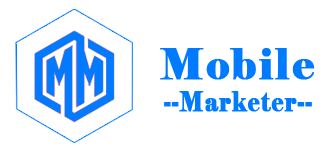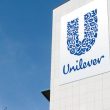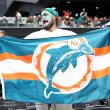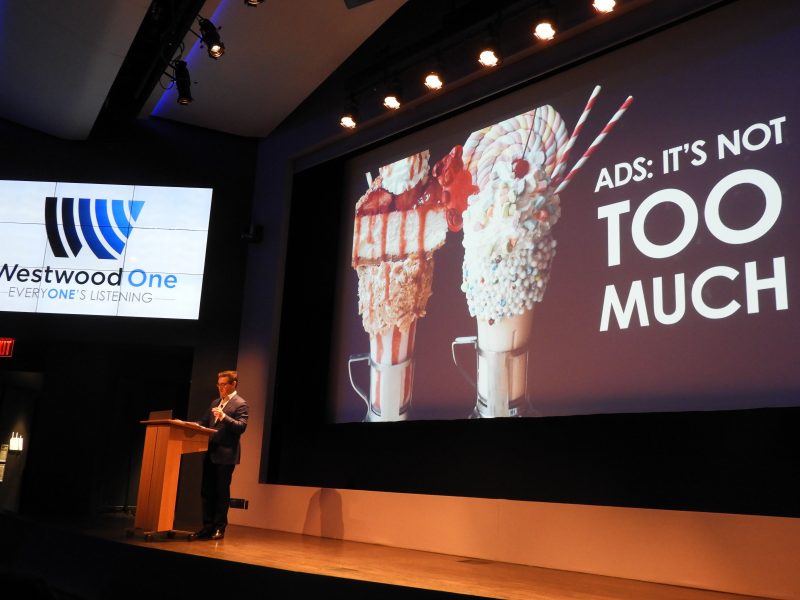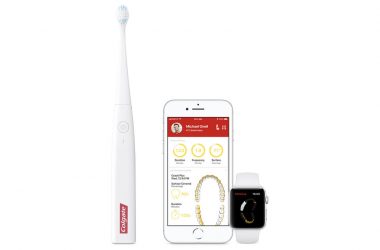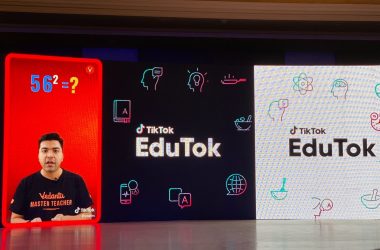Brief:
- Almost half (49%) of podcast fans report that marketing remains the most effective way to reach them, up from 37% of listeners who said the same in 2019, according to the current “Super Listeners” study by Advertisement Outcomes Media, Edison Research Study and PodcastOne, a division of the network LiveXLive. The groups specify “Super Listeners” as U.S. grownups who listen to at least five hours of podcasts weekly.
- Fifty-four percent of that group said hearing an ad on a podcast makes them more most likely to buy a product. However, 56% have discovered an increase in advertisement volume, with 38% stating podcasts have lots of ads– a jump from the 24% of respondents who said the exact same last year.
- Ad breaks are also getting longer, per 41% of those surveyed, but there’s been no meaningful change in ad-skipping behavior, according to the report. Online marketers and publishers must still be careful when considering advertisement loads, as it’s possible the area could soon reach a tipping point.
Insight:
Podcasts stay a hot product as advertisers chase the attention of listeners who are spending more of their time with the audio streaming channel, especially through mobile devices. While podcast engagement appeared to receive a blow at the pandemic’s start– when crucial events like commutes were interfered with– activity and marketing financial investments have remained high this year, and the current Extremely Listeners survey helps to underpin why.
Even as podcast super fans are exposed to a higher volume of advertisements and notifications that paid positionings are taking up more of their time, they still see the format as the most appealing method for brand names to reach them. The study stresses strengths particular to the medium. Host-read advertisements, for circumstances, can provide higher worth, as 33% of respondents stated they pay more attention to such messages compared to other ad formats. People currently thinking about podcasts are also just tuning in more regularly, with Super Listeners devoting an average of 10.5 hours a week to the channel compared to the 9.8 hours each week reported last year.
Still, online marketers must note that concerns about ad volume are on the increase at the exact same time podcast content is getting more saturated. While such aggravations haven’t equated to an uptick in ad-skipping or ad-blocking habits, it’s possible consumer belief could sour and lead to actions that harm brand names.
The Super Listeners’ findings square with other current research on healthy podcast engagement. A September report from market research firm Claritas discovered that podcasts can lift brand awareness in between 24% to 79%, a considerably greater lift rate than other media channels such as digital display, print, and linear TV. Hosts, who can function as content purveyors and influencers, play a big function in winning over listeners, and high-dollar offers around programs with huge characters speak with their power. In a noteworthy example, Joe Rogan’s podcast was gotten by Spotify in an offer valued at $100 million in May.
Platforms like Spotify have normally ended up being more acquisitive in the podcasting space as they aim to diversify income sources beyond music streaming and grow their user bases. Sirius XM finished its acquisition of Scripps’ Stitcher podcasting system for $325 million in October, while The New york city Times got the manufacturer of the popular “Serial” program for $25 million last summer. Amazon, which is seeking to boost the audio streaming services consisted of as part of its Prime membership, is considering getting the podcast maker Wondery, The Wall Street Journal just recently reported.
Meanwhile, brand names are attempting to innovate their outreach as platforms construct out more eclectic advertisement products and content offerings. Some marketers, including Kraft Heinz, have created branded podcast programs in lieu of running conventional ads.
